By Nick DePascal
This year, my 11th-grade English class is reading Kindred by Octavia E. Butler. Whenever we read a novel in class, I find it important to connect the events, characters, and settings of our novels to the time and place in which those novels are set. Butler’s research for Kindred included drawing inspiration from Frederick Douglass’s narrative, to immerse the reader in the terrors of the Antebellum South. But Kindred doesn’t wallow in violence and fear. It offers visions of education and resistance.
As I worked through the novel with my students, I knew it was important to highlight the power and possibility envisioned by those enslaved, and to not only focus on the pain and the trauma. The “Poetry of Defiance: How the Enslaved Resisted” lesson by Adam Sanchez was the perfect vehicle.
This lesson fit perfectly into a 90-minute block day and offered many connection points with Kindred. My classes did this lesson after they had finished chapter four of the book, and had seen forms of resistance by Dana and other characters. Some students were familiar with revolts by the enslaved, but this lesson deepened and added specificity to this knowledge, and showed how many ways, from large to small, the enslaved resisted and fought against their enslavement, paving the way for abolition.
This breadth and depth is what I’ve come to depend on from lessons at the Zinn Education Project website, and this one did not disappoint. After completing the mixer, students reflected on questions to solidify what they discovered and connect their insights with the novel. Here are a few examples:
One example of resistance in the mixer that connected to the novel Kindred is that Dana was teaching enslaved people how to read so Dana is giving them back the power of education and getting knowledge.
I found it interesting how some communities could form their own unique culture and community within slave plantations. I discovered that enslaved people were not completely powerless in this era of history, and were able to strengthen themselves through unity, resistance, and refusal. These examples relate to the novel by showing how Dana had tried to influence Rufus, and though not succeeding entirely, having an effect on him and his personality.
The thing that stood out to me the most is how many methods were used to practice resistance and how tightly resistance was woven into the culture.
Through this mixer, students gained knowledge that helped them see the enslaved in a new way, not as passive receivers of their fate, but as resistors who fought against their enslavement from the first day they set foot on this continent’s soil. Although I teach English, accurate historical context can deepen a student’s understanding and connection to the novel, and it’s something I work into every unit.
After the mixer activity and reflection, I followed the instructions in the lesson and had my students create a collective “Write That I” poem [from Rhythm and Resistance: Teaching Poetry for Social Justice edited by Linda Christensen and Dyan Watson]. The results, like the reflection portion, were excellent. This time, students flexed their creative muscles to write stanzas for our class poem. Here are some examples:
He shall teach God and name me but I will
always remember my ancestors and my home
even if it seems to have been washed away by
the rushing waters of the ocean and seas.
I write to freedom
I am voice
tainted by silence
In the minds I’m chained
In my heart I’m free
The color separates us
but under the blue sky we are the same
As the march begins never has there been
so much noise
The once blue sky is now red
as darkness comes
I’m free.
Write that I resisted
with the work that was given
we found new ways to gain a little
power back from the work that
took us to our deaths.
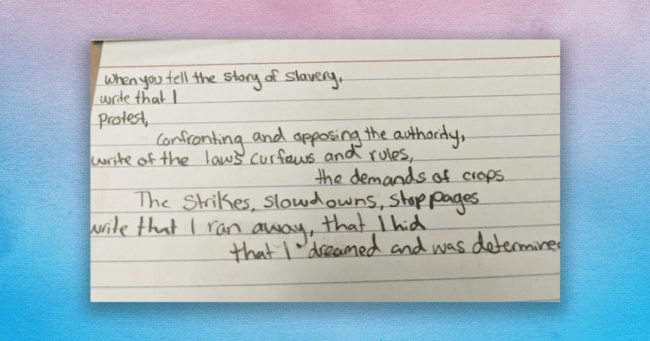
As always, I am grateful for the resources on Zinn Education Project’s website. Whenever I teach a new text, I always visit the website to see what excellent materials and lessons will allow me to extend my students’ experiences with history and our text. I hope other English teachers see that these materials aren’t just for social studies classrooms, but for classrooms of any discipline.
Nick DePascal is a high school English teacher in Albuquerque and a Prentiss Charney Fellow. Read stories about his use of Food, Farming, and Justice: A Role Play on La Vía Campesina, Subversives, Stories from the Climate Crisis Mixer, and From the New Deal to the Green New Deal.

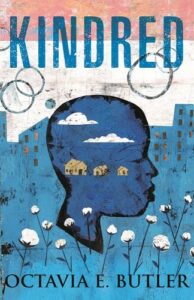
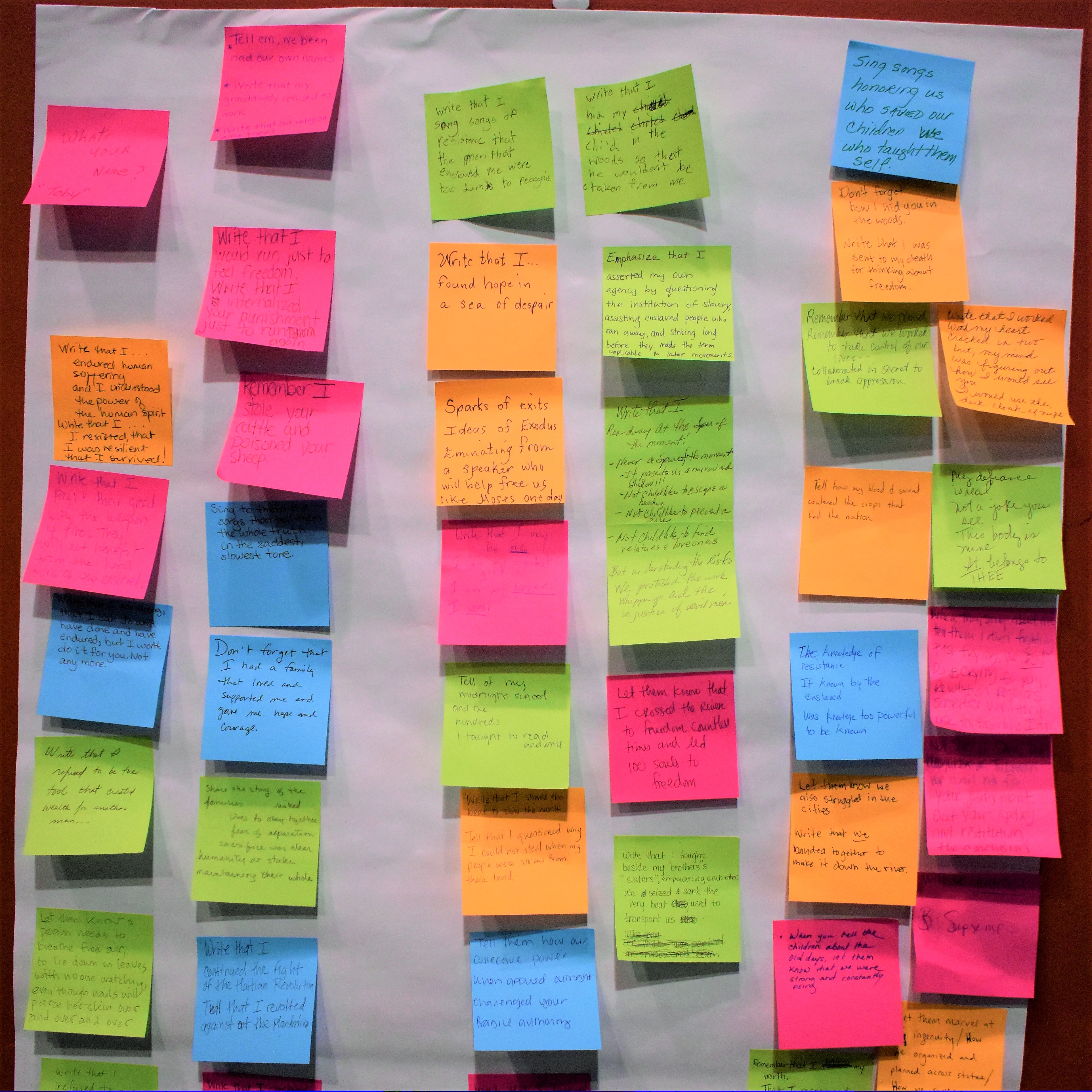
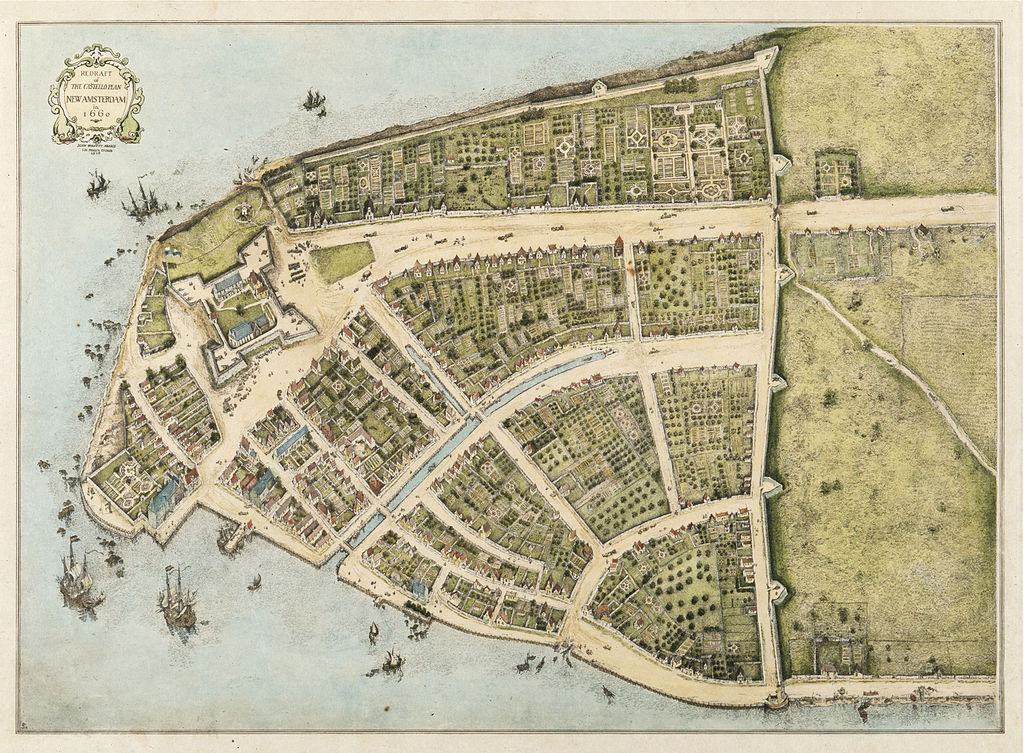
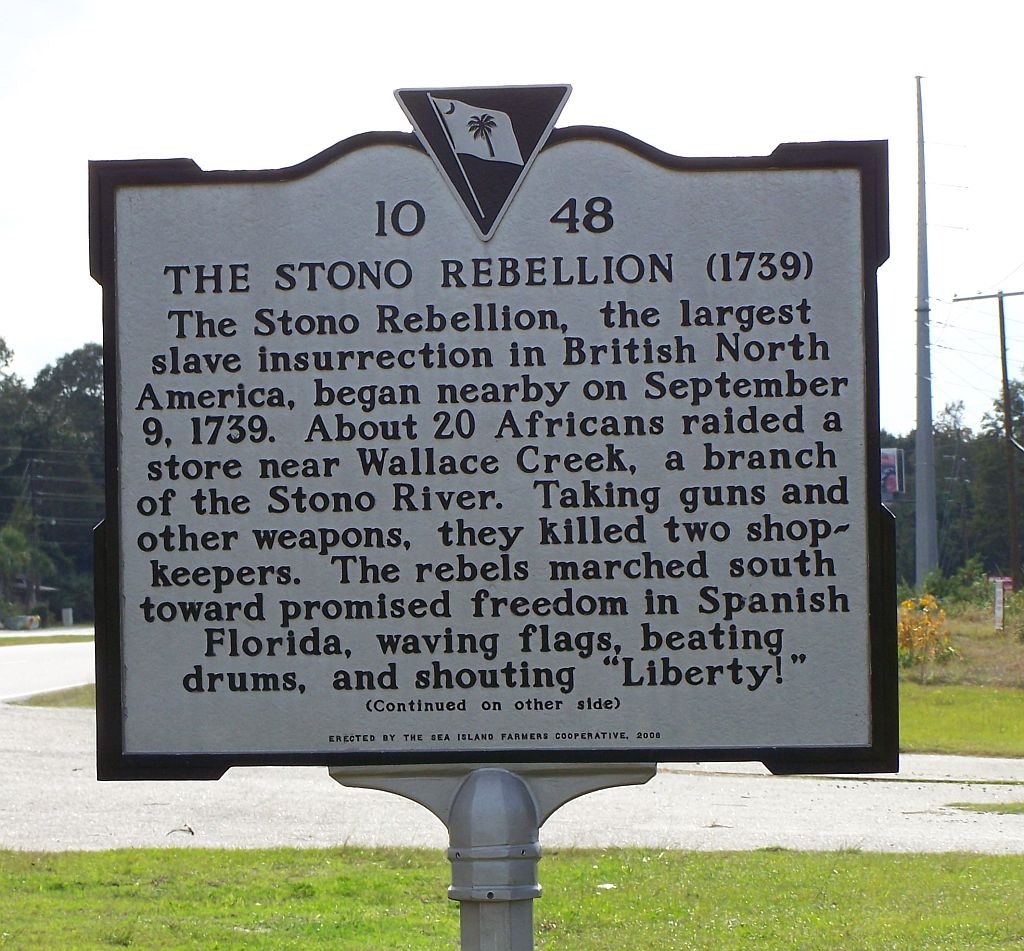
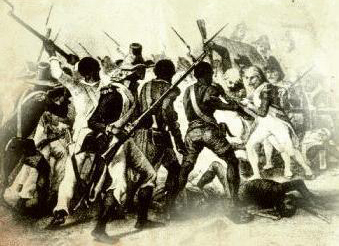
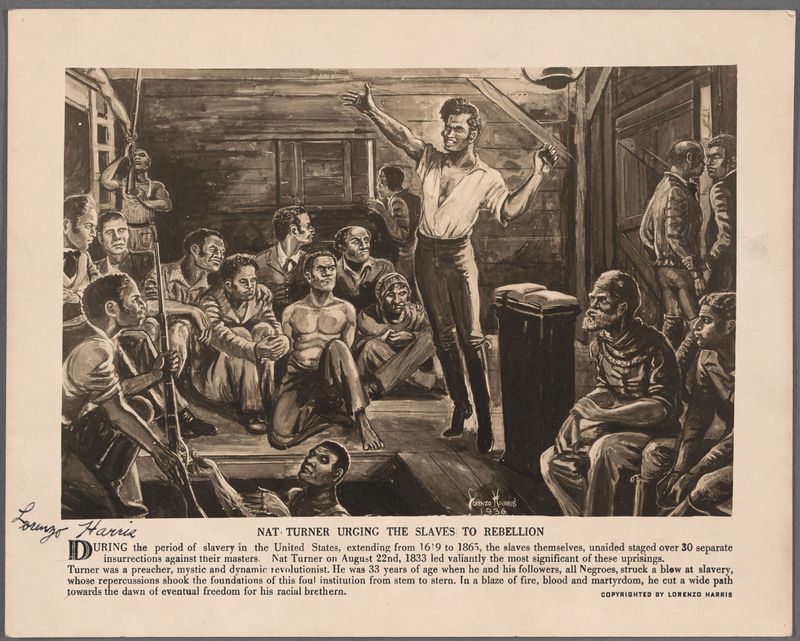





Twitter
Google plus
LinkedIn